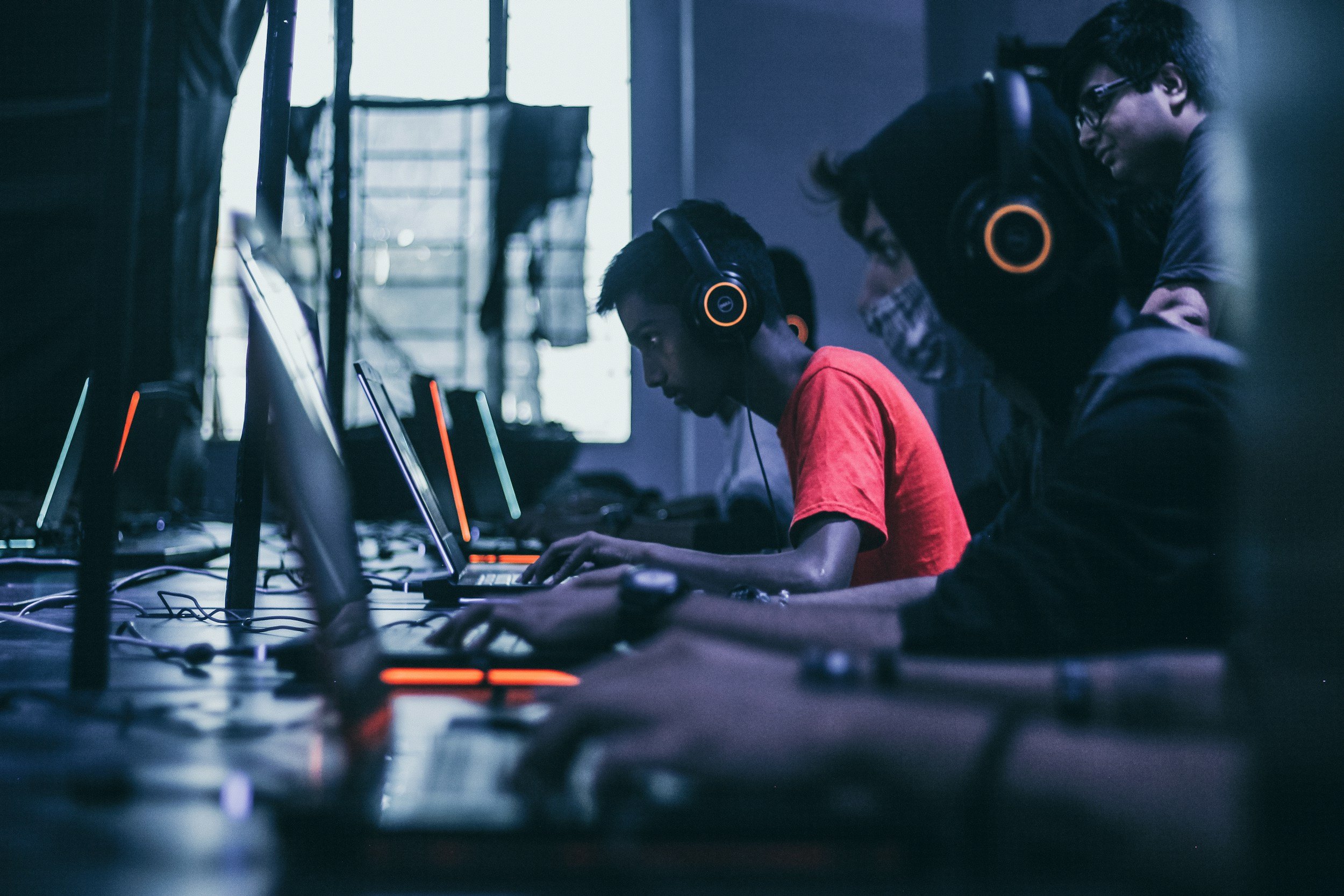The Psychology of In-Game Rewards: How Video Games Keep Us Hooked
Video games have evolved from simple pastimes to complex interactive experiences that captivate players for hours on end. One of the key elements contributing to their allure is the use of in-game rewards. These rewards, ranging from virtual items and achievements to experience points and loot, play a significant role in keeping players engaged and motivated. In this article, we'll delve into the psychology behind in-game rewards and how they are designed to keep players hooked.
The Power of Dopamine and Reward Pathways
Dopamine, often referred to as the "feel-good" neurotransmitter, plays a central role in the brain's reward system. When we accomplish a task or experience something pleasurable, our brain releases dopamine, reinforcing the behavior and motivating us to repeat it. Video game designers leverage this biological response by creating a loop of anticipation and reward. Each time a player receives an in-game reward, their brain experiences a surge of dopamine, fostering a sense of achievement and pleasure.
Variable Reward Schedules: Tapping into the Unpredictable
ne of the most compelling psychological techniques employed by game developers is the use of variable reward schedules. Instead of offering rewards predictably, games use random or semi-random intervals to provide players with goodies. This taps into the psychological principle known as "variable reinforcement," a concept linked to behavioral conditioning. The unpredictability of rewards triggers a stronger emotional response, as players become more engaged in the pursuit of the next reward, mirroring the sensation of gambling.
Achievement and Mastery: A Sense of Competence
Humans have an innate desire to achieve and master skills. Video games cater to this desire by offering a wide array of achievements, trophies, and badges. These symbols of accomplishment serve not only as bragging rights but also as a source of intrinsic motivation. As players complete challenges and earn achievements, they experience a sense of competence and mastery. This taps into the psychological need for competence outlined in self-determination theory, which posits that individuals are driven to engage in activities that make them feel capable.
Social Comparison and FOMO
Many modern video games are played in online environments, fostering a sense of community and social interaction. In-game rewards take on an additional layer of psychological significance when players compare their progress to that of their peers. Social comparison theory suggests that individuals determine their worth by evaluating themselves against others. In this context, in-game rewards become markers of status and prestige, driving players to strive for recognition and validation within their gaming communities.
Long-Term Engagement: The Role of Progression and Unlockables
In-game rewards often tie into the concept of progression. As players accumulate experience points, level up, and unlock new abilities or content, they are rewarded with a sense of advancement. This taps into the psychological principle of the "mere exposure effect," where individuals tend to develop a preference for things they are familiar with. By incrementally introducing rewards and unlockables, games create a sense of attachment and investment, encouraging players to continue their engagement over the long term.
Simply Put
The psychology behind in-game rewards is a powerful tool that video game designers use to keep players engaged and motivated. By harnessing the brain's reward pathways, leveraging variable reward schedules, and tapping into innate psychological needs such as achievement and social validation, video games create immersive experiences that players find hard to resist. Understanding the intricate interplay between human psychology and game design can shed light on the mechanisms that underlie our fascination with virtual rewards.
Side Note
Ethical Considerations: While in-game rewards are a powerful tool for engagement, it's important to consider ethical implications. The use of variable reward schedules, particularly in mechanics like loot boxes, can exploit psychological vulnerabilities and potentially lead to compulsive spending behaviors. It's crucial for game designers to implement responsible practices and prioritize player well-being.
Mitigating Strategies: For players, understanding the psychology behind in-game rewards can empower them to maintain a healthy relationship with gaming. Setting time limits, prioritizing real-world rewards, and recognizing the allure of variable reward schedules can all contribute to balanced gameplay habits.







Discover how video game economies like EVE Online mirror real-world finance, influencing players' views on money, trade, and ethics. Learn about the psychological and societal effects of virtual economies, from financial literacy to ethical challenges and future societal norms.